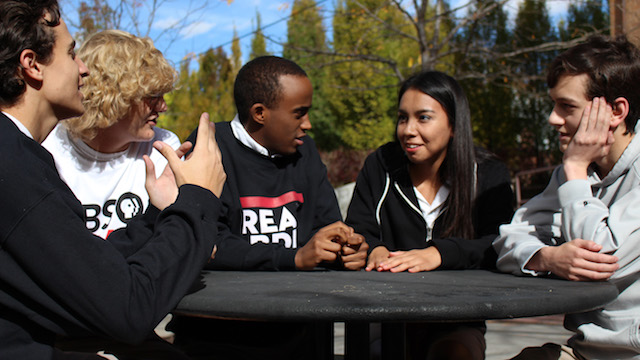Even in better financial times, education and poverty are challenging issues to address. Too often, the local and state family support systems are not associated and do not address root causes so as to put off problems before they happen. The ongoing state budget catastrophe underscores the requirement to work across sectors and systems to embrace a more successful way of doing business.
There is no particular solution to breaking the cycle of poverty. By helping to create community situations that maintain the region’s most susceptible families in essential ways, people can increase their probabilities of finding employment, having stable housing, building a protected future, and raising confident, healthy children who will succeed in school, university, and life.
To increase the impact at the community level, these programs and organizations need to work well together, they have to be shaped by the families that profit from their work, and they require reliable sources of support and public policies that hold up their work.

Strong communities require the capacity to create prospect and to solve their own struggles. People work to strengthen neighboring philanthropic institutions, because these partners know their local communities best. One can also make investments aimed at supporting the channels through which community leaders and nonprofits access general knowledge and technical assistance about organizational effectiveness. With effectual local partners, people are better able to comprehend and address the requirements of vulnerable families.
To address the instantaneous needs of children and families, and to develop strong community partnerships, people like John Eilermann provide direct grants to local funding organizations, such as community foundations, and funding organizations that work with particular target populations. These partners use their strong networks and local knowledge to address the distinctive needs of their communities—and in many instances they re-grant foundation funds to local projects, smaller nonprofits, and community-building initiatives.
In addition, people help community organizations and service providers that help out low-income students and vulnerable families to increase the efficiency of their work. When thinking of community-building, there is often one omitted link: civil dialogue. Civil dialogue lays the groundwork for building common ground and fostering inter-connectedness. It also brings individuals together so as to strategize on how to make a disparity while being intentional in leaving the world a better place than how they established it.
The principle of civil dialogue is to bring people collectively to create, think, and build community. This is an obligation that does not get worn out enough. People cannot see progress with one’s communities unless one starts having deliberate conversations with one another. This is about relationship-building and bridge-building.
According to John Eilermann, every person can make a divergence by building stronger communities. This is a call to leadership. In the 21st century, leadership must move beyond a position or title to exploring how everyday individuals can use their influence.
Civil dialogue provides people with prospects to explore: what can people build together? Together people can build a world of possibilities. Together people can build strong families and strong communities. Together, people can build today for a brighter future.
